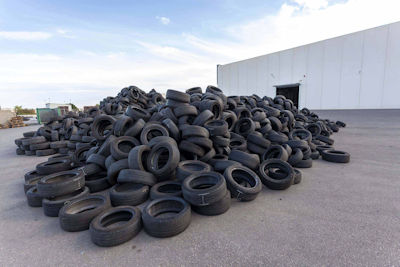The issue of exporting tyres to India has long been an issue for environmentalists and recyclers in Europe, and increasingly, North America. In an article in Down to Earth, we read a little of the issue from the Indian perspective
To be honest, we have always had the view from the perspective of the key Indian recyclers and importers, it is rare to get comment from spectators with a different perspective.
Ahana Ghosh wrote of the pyrolysis situation in India and how the industry had gained a tainted reputation.
Ghosh writes. “From sudden fires causing loss of life and property, to the thick plumes of harmful black smoke hanging over industrial cities, these units have drawn global criticism. Yet, not all pyrolysis units operate outside the law. India has a regulatory framework in place for pyrolysis — the process itself is not illegal.”
The article then touches on the import of waste tyres for pyrolysis, an act that is illegal both in India and in the source countries. She pints out that those shouting loudest for tighter controls, are those source markets with the largest share of the imports.
There is some disingenuity in the call for shred only exports. It is argued that shred only exports will prevent tyres going to the poor-quality processes that use whole tyres.
Ghosh writes; “By promoting the export of shredded tyres instead of whole tyres, recyclers in these exporting countries can continue to earn revenue for the initial processing, to keep their businesses viable — revenue that is currently getting lost with the tyres getting shipped out to India.”
India banned the import of waste tyres for pyrolysis in 2019, a ban that has been regularly flouted.
As always, part of the problem is in the legislation – waste tyres come into India under a harmonised system of nomenclature – HSN. This is a global system. Used to track goods for revenue and tax purposes. However, in the case of imported waste tyres the HSN code for all forms of waste tyres — whether it is whole tyres, shredded tyres or even granulate, is the same.
So, unless containers are opened, there is no way of checking the veracity of the content. This loophole creates a backdoor for people to import whole tyres for pyrolysis.
Any legislation is only as good as its enforcement > India created an EPR framework to holding producers / importers of tyres responsible for the waste they generate. Ghosh states that instead; “it allows them to escape any real accountability by permitting producers to purchase credits from any registered recycler. Ghosh further argues that this allows producers to get away with compliance on paper, whilst the problem persists.
But surely the introduction of Standard Operating Practices for pyrolysis plants would have addressed the pollution issues, you may well ask. However, the 2015 standard operating procedure (SOP), introduced by the Central Pollution Control Board (CPCB) to failed to curb the emissions from the units.
A new SOP was presented in 2024 in a move aimed at pushing technical upgrading of pyrolysis plants. Here, it has to be said that at the top end of the industry, progress has been made and there is a move away from “batch” pyrolysis.
However, the much-vaunted 2024 SOP have come under question by Ishita Garg, programme manager, industrial pollution, Centre for Science and Environment; “The 2024 SOP appears to be more cosmetic in nature than substantive. Apart from minor technological tweaks — like elaborating on the various types of emission control systems and automation systems, both of which were anyway already mandated in the older 2015 SOP — the new SOP largely mirrors the previous 2015 version but packaged under a new name.”
Sitting in an office in the UK, it is one thing to speculate about what might be happening halfway around the world in a market and society we do not fully understand, but when local commentators make statements that validate suspicions we perhaps need to give them credit.
Ghosh concludes; “These so-called reforms raise doubts on the seriousness of the government in meaningfully addressing the environmental risks associated with the pyrolysis.”
People in the UK are asking themselves the same question regarding the Environment Agency and its enforcement of the export regulations, this despite the claimed tightening of the rules.




















